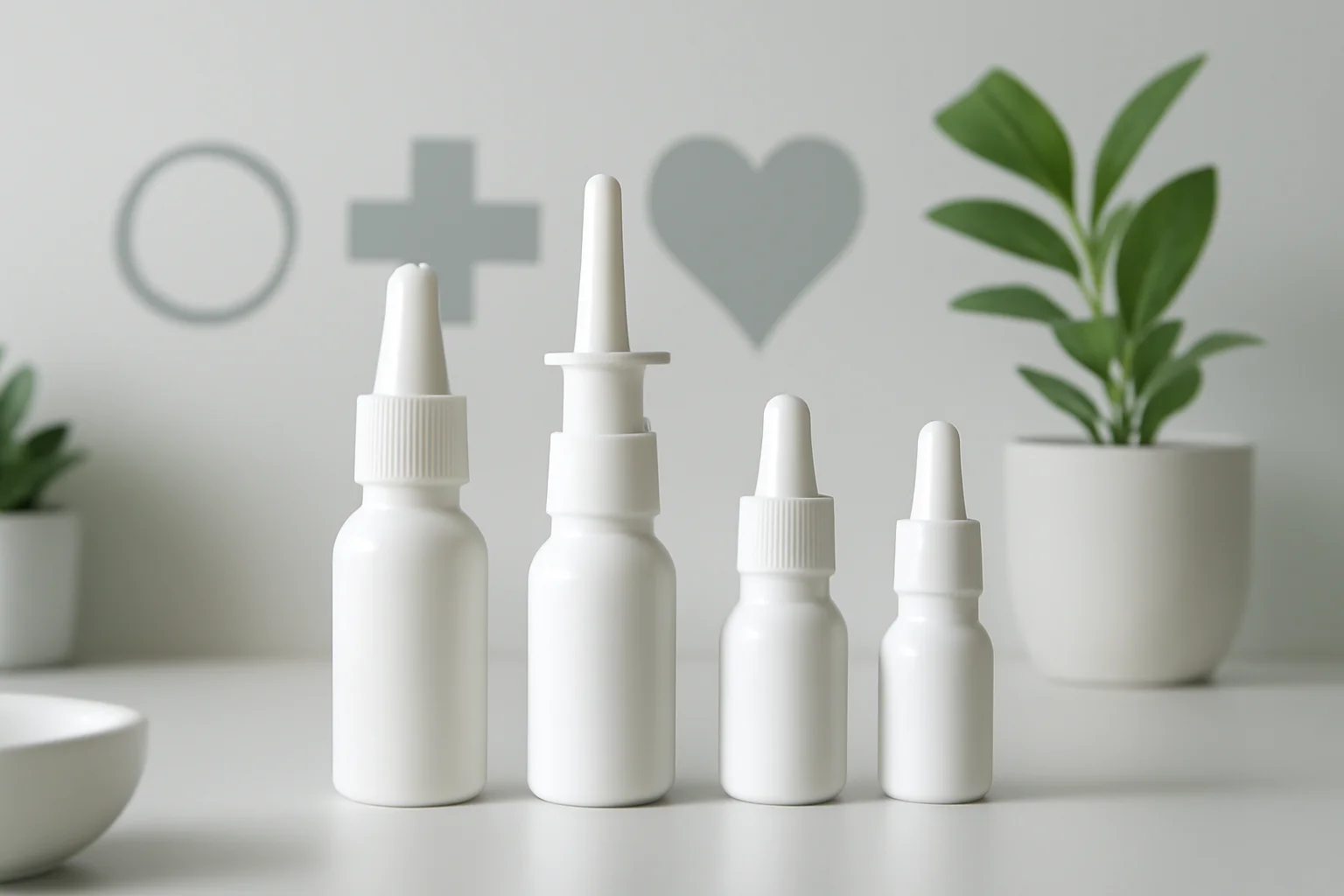
The best spray and drop solutions for your health
In the modern world, more and more people are seeking alternative solutions for various problems, whether related to health, beauty, or even everyday items. The popularity of sprays and drops has been steadily increasing in recent years, as both forms offer convenient solutions. People often consider not only the effectiveness of the products but also their ease of use and practicality. Sprays generally provide quick and simple application, while drops offer precise dosing.
The choice of products is important not only because of their form but also due to their area of use and the desired effects. Sprays and drops can consist of different ingredients that have varying mechanisms of action. Many people are often unaware of the fundamental differences between the two forms and how these affect effectiveness, dosing, and ease of use. Before making a decision, it is advisable to gather thorough information to choose the most suitable solution according to our needs.
Spray: Advantages and Disadvantages
Using sprays comes with numerous advantages, but it is not without its drawbacks. One of their biggest advantages is that they have an immediate effect on the target organ. Sprays, such as nasal sprays, are quickly absorbed, and the active ingredients take effect within a short time. This is particularly useful when an urgent solution is needed, such as in cases of allergic reactions or colds.
The convenience of using sprays is also a significant advantage, as they are easy to carry and do not require special preparations. Their dosing is simple: just spray, and you’re done. Additionally, sprays generally distribute the active ingredients evenly over the surface, which improves effectiveness.
However, there are also disadvantages. For example, sprays can sometimes irritate the mucous membranes, especially if not used properly. It is important to read the instructions carefully before use and pay attention to the correct dosing. Furthermore, sprays are generally not as precise as drops, so it may be necessary to apply them multiple times to achieve the desired effect.
The environmental impact of sprays is also worth mentioning, as many sprays are marketed in aerosol form, which can contribute to air pollution. Improperly used sprays can release harmful substances into the air, so it is essential to use these products responsibly.
Drops: Why Choose This Form?
Drops offer alternative solutions that come with both advantages and disadvantages. One of their biggest advantages is precise dosing, which can be especially important for medications or vitamins. Drops allow you to use exactly the amount of active ingredient you need. This helps avoid overdosing and ensures that the active ingredients work effectively.
Another advantage of drops is that they generally do not contain additives like sprays, resulting in less irritation. For those who are more sensitive to various ingredients, drops may be the safer choice. Additionally, drops can be easily combined with other substances, increasing their usability.
However, drops also have their downsides. One of the biggest challenges when using drops is proper application, as the user must target the desired area precisely. This can sometimes be difficult, especially if the drops are meant for the nose or eyes. Drops generally do not provide an immediate effect, as the active ingredients need time to be absorbed.
Moreover, if drops are not stored properly, they can lose their effectiveness. Storage conditions, such as temperature and light, significantly affect the quality of drops. Therefore, it is important to carefully follow storage instructions to achieve the best possible results.
Comparing Sprays and Drops
When choosing between sprays and drops, there are several factors to consider. The first and most important aspect is the purpose of use. If a quick solution is needed and there is not much time available, sprays may be the best choice. Their immediate effect makes them ideal for allergic reactions or colds.
In contrast, if the goal is precise dosing, drops are the more suitable solution. For accurate dosing of medications, vitamins, and other supplements, drops can be safer, as they allow the user to use exactly what is needed.
It is also important to consider the area of use when choosing between sprays and drops. For example, if the product is used for local treatment, such as for skin problems, sprays offer a convenient solution. However, if internal organs are involved, drops may be the more appropriate alternative.
Price and availability can also be important factors in the decision-making process. Sprays can generally be more expensive than drops, but this is not always the case. Comparing different brands and products can help in choosing the best value-for-money solution.
Finally, personal preference also plays a role in the decision. Some people prefer sprays for their ease of use, while others choose drops for their precise dosing. To find the best solution, it is worth experimenting with both forms to see which one fits our needs best.
Regarding health issues, it is always important to consult our doctor before starting to use any new product.
Warning: This article does not constitute medical advice. In case of health problems, everyone should follow their doctor’s advice.

